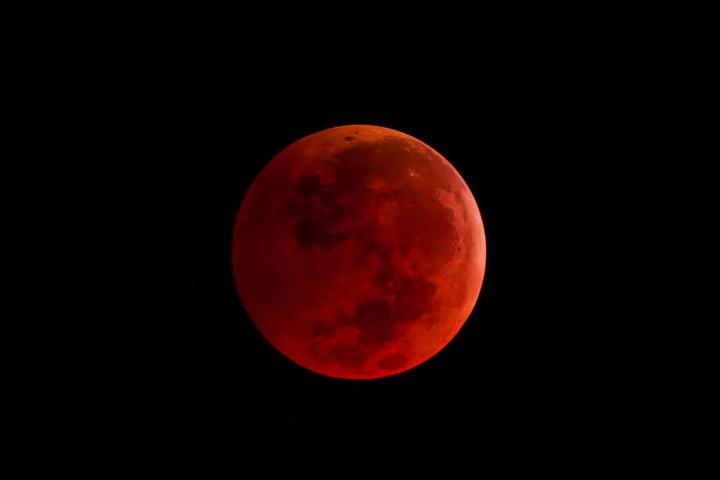
In the early morning of April 15, the sky will host a rare type of lunar eclipse – one in which the moon will have a crimson coloration.
Around 2 a.m. ET on Tuesday, the moon will begin to pass through the Earth’s shadow. The refraction of the sun’s light will give the appearance of a red-colored moon, according to NASA officials. This event will be visible from virtually anywhere in North America without the aid of a telescope or similar ocular devices.
The upcoming eclipse, which is being referred to as a “blood moon,” is the first in a series of four – called a tetrad – that will occur throughout 2014 and 2015 in six-month intervals.
Eclipses only occur about twice a year, and NASA has confirmed that the tetrad has only occurred three times in the last 500 years. The blood moon phenomenon is being called a rare occurrence by many people, but others speculate that this event could be an apocalyptic sign from the heavens; we’ll let you pick the side you want to be on.

The Weather Channel forecasts heavy cloud cover over most of the U.S. during the eclipse. If the weather obstructs the view in your city or if you’re located in another country, you can view the entire event online courtesy of NASA. To those spectators who remain deterred by lowered visibility, a U.S. Naval Observatory site allows you to input your location and get specific times for the phases of this and other lunar eclipses.
In any case, this cosmic event is a must-see and you should have a camera handy to record the historic experience. Should you happen to miss it, the next blood moon in the series will occur in October of this year. Click here to read more about this phenomenon.
Here’s how to photograph the event, the simplest way: If you’re using a compact point-and-shoot, you’re not going to get an up-close view of the moon, but that doesn’t mean you can’t capture something. Your camera, however, has to be able to take long exposures, which many advanced models can do (check your instruction manual); if it’s a basic point and shoot, look for a scene mode for night photography or fireworks. Set the camera on a tripod and make sure the lens is at the widest angle (so, do not zoom out). If you have a camera that lets you make adjustments, make sure you choose a low ISO like 400, the widest aperture available (the smallest f-stop number), and a shutter speed of 5 seconds – you can set your camera to manual mode. Practice taking a few shots a day or few hours before the event (when it’s dark), and if you’re satisfied with your results, get ready to snap away when the moon turns blood red. If you have a long telephoto zoom, you can try zooming all the way, but always use a tripod. For more advanced photography tips, like shooting star trails and telephoto, check out these guides from Nikon and Mr. Eclipse.


